In the Middle Ages, people went to surprising lengths to meet the beauty ideals of their time. Some of those choices might raise eyebrows—or even laughter—today. Manuscripts, medical texts, and paintings reveal fascinating details about what men and women valued in appearance. We listed fifteen medieval beauty trends that would likely turn heads for all the wrong reasons now.
Shaved Foreheads For A Higher Hairline
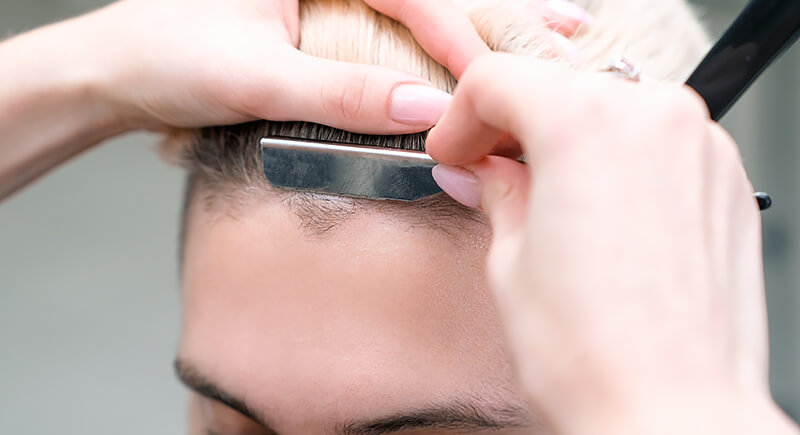
Women often plucked or shaved the front of their hair to create a large, bare forehead, which suggested intelligence and refinement. Portraits from the 14th and 15th centuries show women with receding hairlines that look extreme by today’s standards. Some even used lime or vinegar mixtures to thin the hairline further.
Completely Removed Eyebrows
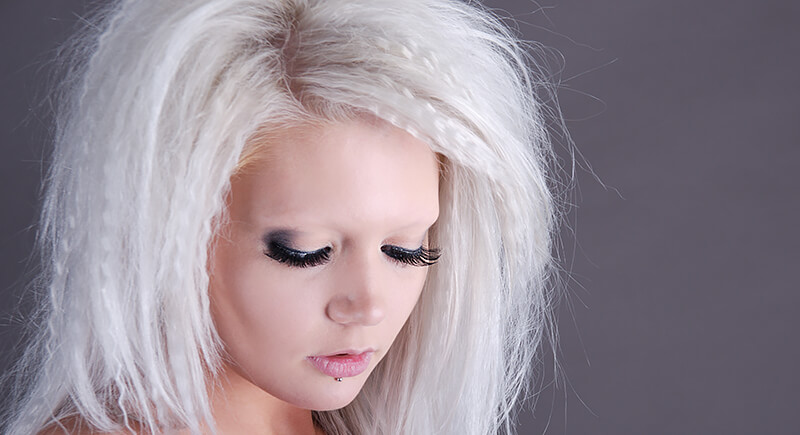
Thin brows have cycled in and out of fashion, but in the Middle Ages, having none at all was the goal. Many plucked their eyebrows entirely so nothing distracted from the expanse of their forehead. Artworks of the period, like Rogier van der Weyden’s Portrait of a Lady, show this look.
Deliberately Pale, Powdered Skin
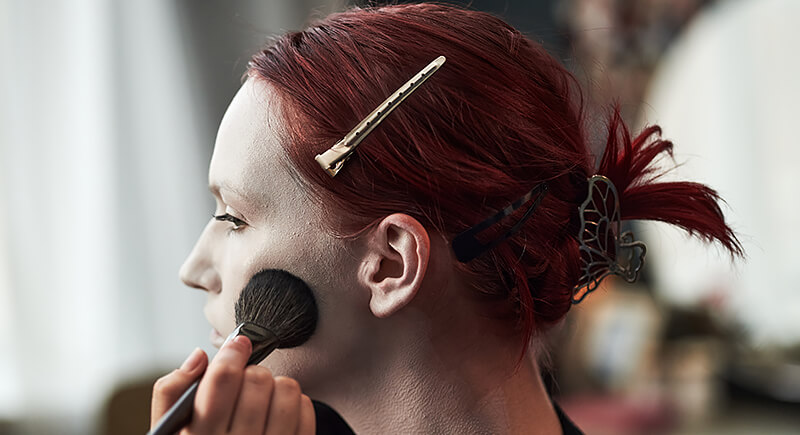
A snow‑white face meant wealth, so women brushed on mixtures with lead, wheat starch, or crushed lilies. Medieval beauty manuals describe pastes that dried into powdery layers. While even skin is still valued, the idea of coating the face in toxic powder feels more alarming than appealing now.
A Pronounced Pelvis And Narrow Shoulders
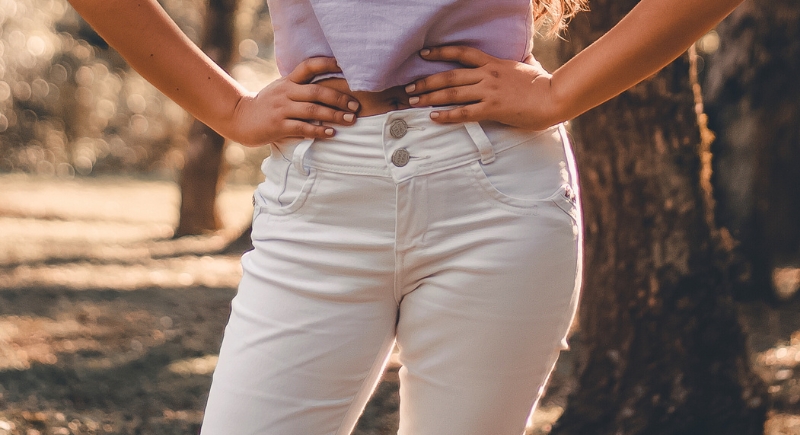
In medieval art, women are often depicted with accentuated hips and a visible, rounded pelvis. This shape symbolized fertility and motherhood, considered virtues for a well‑matched wife. Today, the deliberate focus on a protruding pelvis would be unusual, with many modern silhouettes aiming for balanced proportions.
Long, Heavy Hairpieces
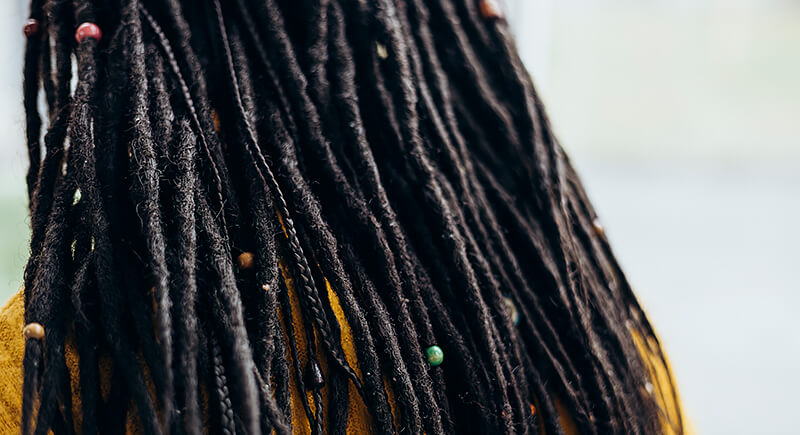
Hair was a major marker of beauty, yet growing and maintaining thick locks took time. Many women wore heavy false braids or added hairpieces made from other people’s hair. Some combined strands with wax to keep them in place. Portraits show these elaborate styles under veils or jeweled nets.
Bleaching Hair With Unusual Ingredients

Golden hair was the trend, and achieving it involved saffron, onion skins, or even sheep’s urine applied under the sun. Hats with cut‑outs kept faces pale while hair lightened. Modern salons might cringe at the thought, even if the goal of bright hair hasn’t changed much.
Overly Long, Tapered Fingernails
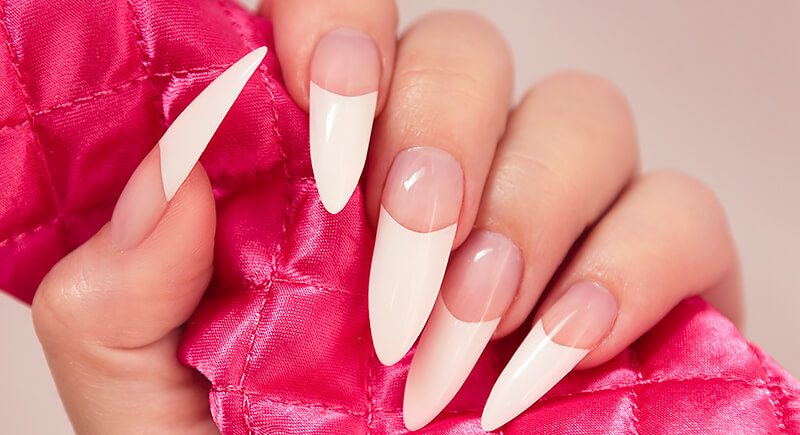
Well‑kept hands hinted at wealth, but some medieval beauty guides encouraged nails to grow to noticeable lengths. It signaled that someone did no manual labor. Although long nails exist today, the untreated, sharpened medieval version would likely seem unkempt instead of fashionable.
Plucked Hairlines For Bigger Faces
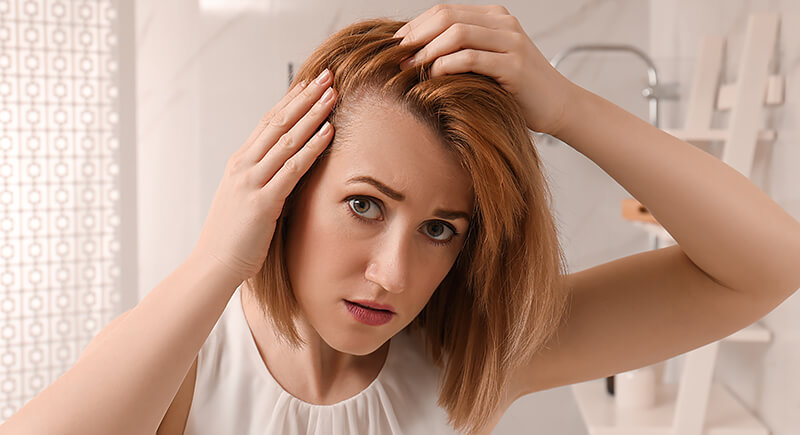
Beyond foreheads, some women extended hair removal further back along the scalp to give the illusion of a larger, oval face. This practice left the front of the head bare, with hair starting unusually far back. Certain French manuscripts even described the technique as enhancing beauty.
Lack Of Eye Makeup To Emphasize Foreheads
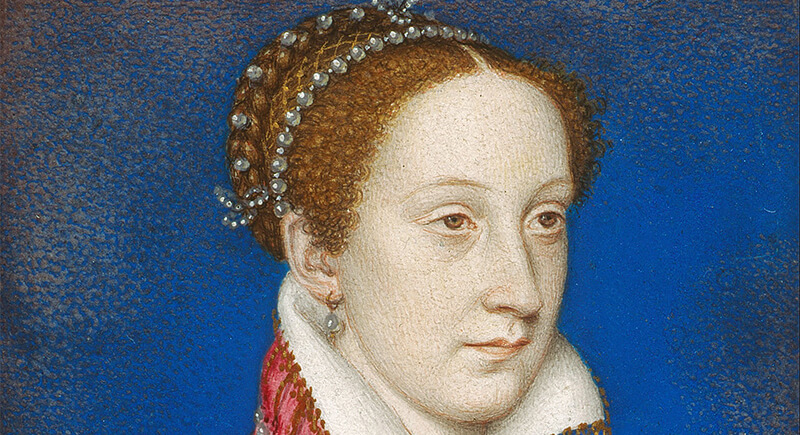
Medieval trends sometimes discouraged any enhancement around the eyes. They fear it would draw attention away from the prized high forehead. As a result, eyes often looked bare and stark in portraits. This omission clashed with the pale powder and exaggerated hairlines.
Artificially Dilated Pupils
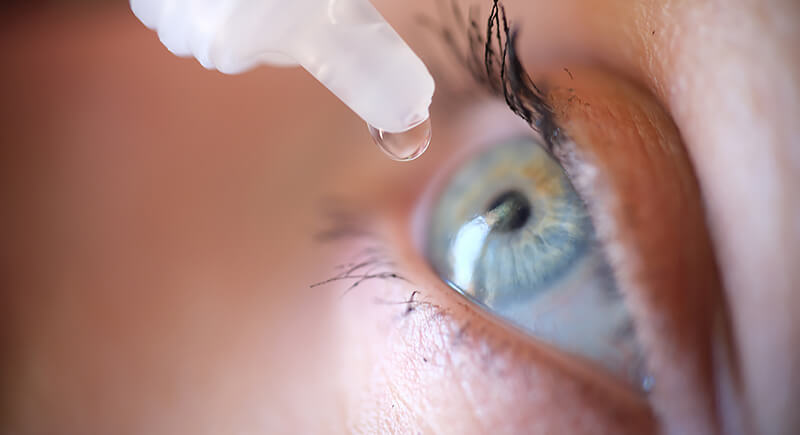
Some used drops of dangerous nightshade (belladonna) to enlarge their pupils and make them look more alluring. Medical texts warned of its toxicity, but the practice persisted in certain circles. In modern times, intentionally applying a dangerous substance to alter one’s eyes would be viewed as reckless rather than attractive.
Heavily Perfumed Headgear

Hygiene kits often included scented cushions that were tucked into hoods or hats. The idea was to mask unpleasant smells and suggest refinement. Lavender, rose, or clove scents were common, sometimes overwhelming in strength. Instead of washing their hair thoroughly, people layered fragrance over it.
Public Baths Linked To Beauty
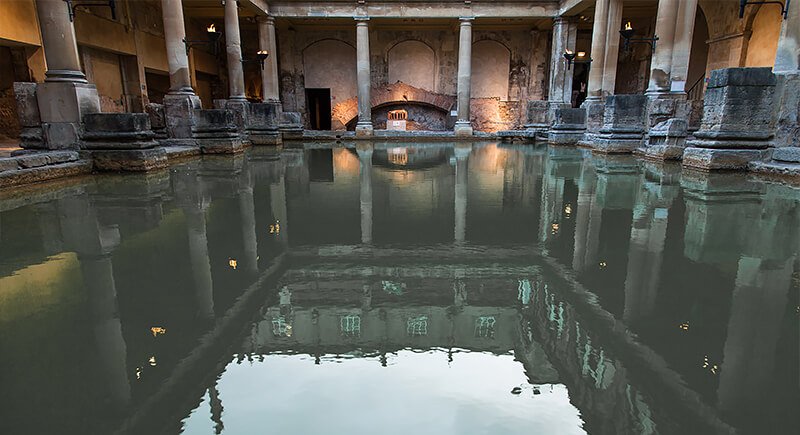
Public baths left over from Roman times became social hubs, but gained a reputation for spreading disease. Regulars believed the steam improved skin and hair. Modern readers might view the practice of communal beauty maintenance in questionable conditions as unsanitary rather than elegant.
Red Cheek Powders With Odd Origins
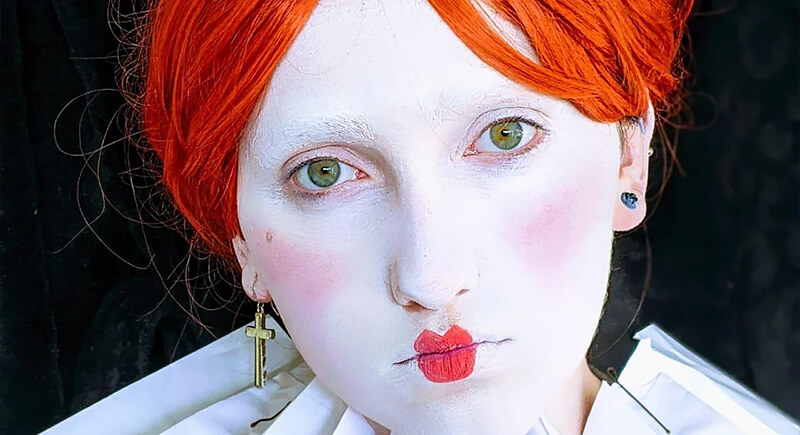
A splash of color on the cheeks was fashionable, often made by grinding wild celery leaves, dried safflowers, or brazilwood soaked in rosewater. While the intention was a healthy flush, the uneven, sometimes gritty application produced a look that would seem harsh today.
Darkened Teeth For Contrast
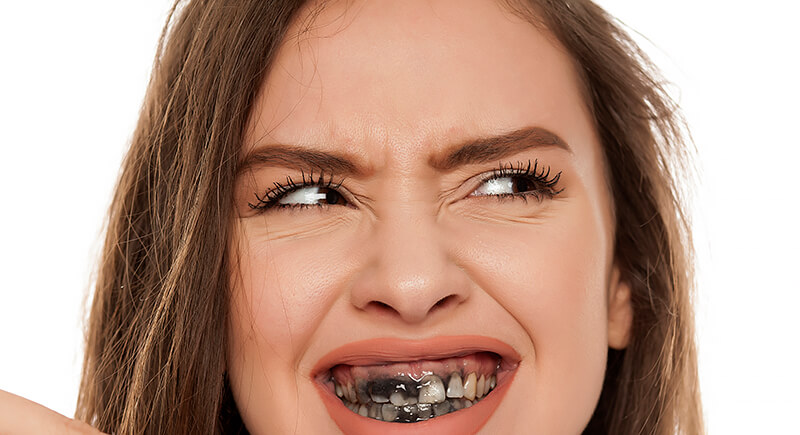
As they admired stark contrasts in facial features, darkening teeth created a special effect against pale skin. Certain herbal concoctions or even soot were used to stain the enamel. Medical texts from the period mention these methods alongside recipes for tooth powders.
Long, Pointed Shoes That Altered Gait

The fashion of poulaines—shoes with exaggeratedly long, pointed tips—signaled wealth and status. Some extended so far that wearers tied the tips to their legs to keep them from dragging. Illustrations show awkward walking stances caused by these impractical shoes.